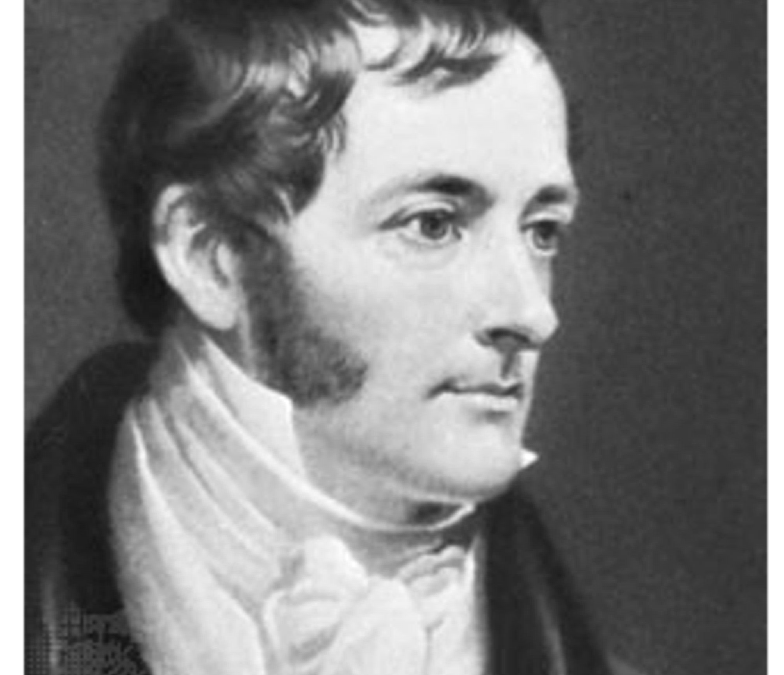
by Jan Willem Bech | Vademecum
Henry’s law is a chemical law, named after the English scientist William Henry (1774-1836), which applies to the equilibrium situation of a solvent in contact with a gas. If there is contact between a gas and a liquid solvent, gas molecules will dissolve in the...
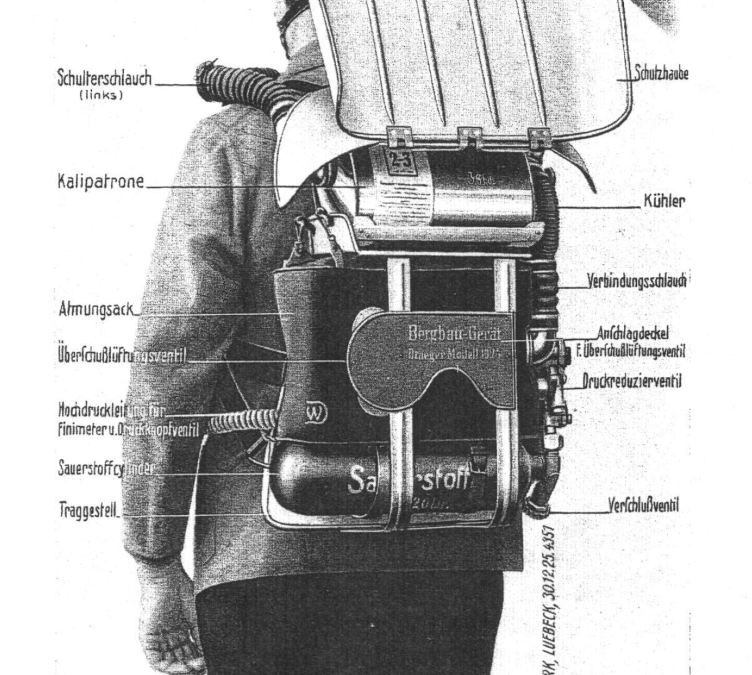
by Jan Willem Bech | Database Oxygen Rebreathers, Database OX GER
The long-actuated 1924 Bergbaugerät succeeded the 1923 model. The breathing apparatus has similarities with the 1924 HSS gerat, which was developed for military purposes and was carried lower on the back. The casing is also different. The housing of the Modell 1924...
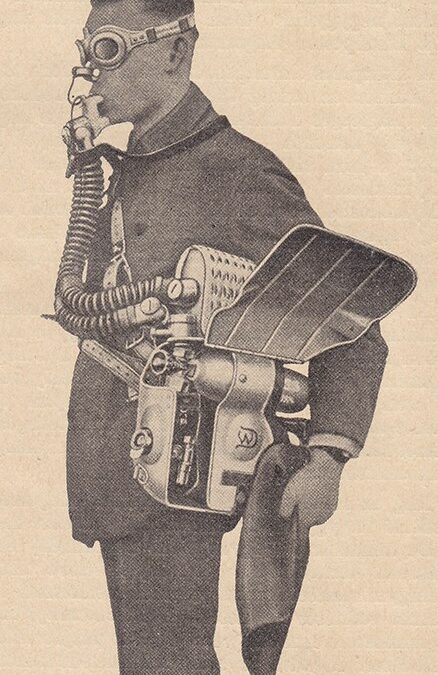
by Jan Willem Bech | Homebuilders
The Draeger apparatus model HSS 1924 is a so-called ‘seitenschlauchmodell’ a breathing apparatus where the breathing hoses run under the arm to the breathing apparatus. It was developed for the army and is therefore called ‘Heeres...
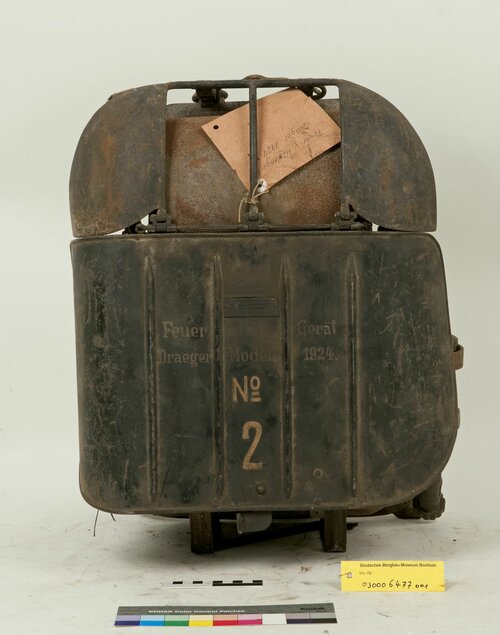
by Jan Willem Bech | Database Oxygen Rebreathers, Database OX GER
The back-mounted fire and rescue unit was developed by Dräger in 1924. It was used to fight fires for civilian purposes and in the mining industry. Further information on this device is required in addition to this datasheet. Courtesy: Deutsches Bergbau-Museum Bochum,...
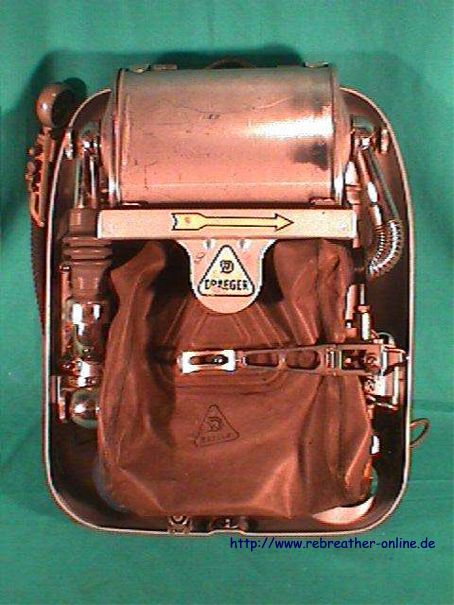
by Jan Willem Bech | Database Oxygen Rebreathers, Database OX GER
Dräger Sauerstoff Klein Gasschützgerät Modell KG210 KG stands for ‘Klein Gasschutzgerät’ and was developed between WW1 and WW2. The model KG2100 was the successor to model KG1928 and was produced in large numbers. It was designed for civil defence and fire...
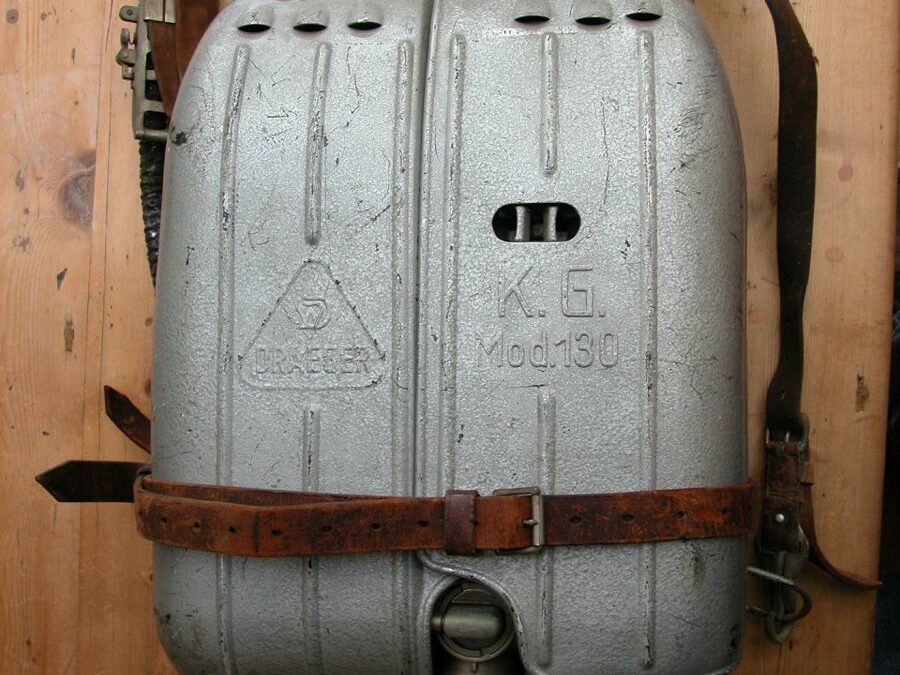
by Jan Willem Bech | Database Oxygen Rebreathers, Database OX GER
Dräger Sauerstoff Klein Gasschützgerät Modell KG130 KG stands for ‘Klein Gasschutzgerät’ and was developed between WW1 and WW2. The model KG130 was the successor to model KG1928 and was produced in large numbers. It was designed for civil defence and fire...

by Jan Willem Bech | Database Oxygen Rebreathers, Database OX GER
KG stands for ‘Klein Gasschutzgerät’ and was developed between WW1 and WW2. The model KG1928 was the basis for a successful series of KG 130 and KG160. The KG130 was widely used for gas protection which, with WW1 still in mind, was considered a major...
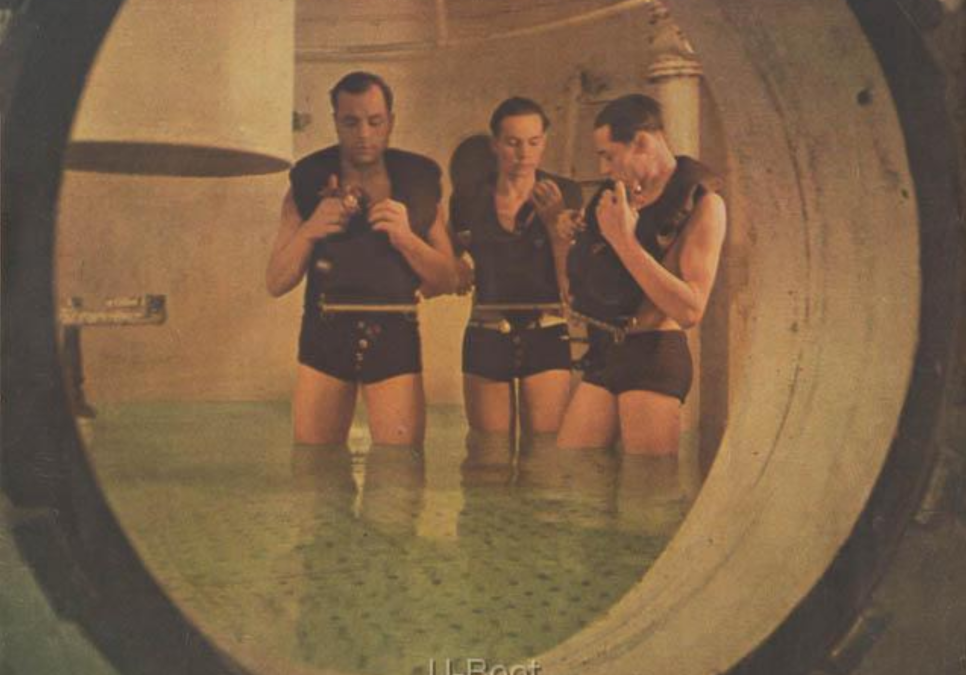
by Jan Willem Bech | Database Oxygen Rebreathers, Database OX GER
The development of the Tauchretter After the French submarine Farfadet sank in 1905, followed by the Pluvoise and the German U3 in the German Bight, it was decided in Germany to develop rescue equipment for submarine crews. This resulted in the development of the DM1,...
by Jan Willem Bech | Vademecum
Dutch version this is the English version by: Jan Willem BechHoger veiligheidskundigeArbeidshygiënistTHEREBREATHERSITEpublished 2014-2021 Through the eye of the needle Injuries and fatalities due to the use of the wrong combination of valve and cylinder in the diving...
by Jan Willem Bech | Vademecum
This is the Dutch version English version door: Jan Willem BechHoger veiligheidskundigeArbeidshygiënistTHEREBREATHERSITEpublished 2014-2021 Door het oog van de naald Gewonden en dodelijke slachtoffers door het gebruik van de verkeerde combinatie kraan en cilinder in...

by Jan Willem Bech | Vademecum
What is a rebreather? A rebreather is a breathing apparatus used and worn by a diver. The distinctive aspect of a rebreather is that all or part of the exhaled gas is reused. As a result, no or few bubbles will be visible escaping from the device during the dive. How...
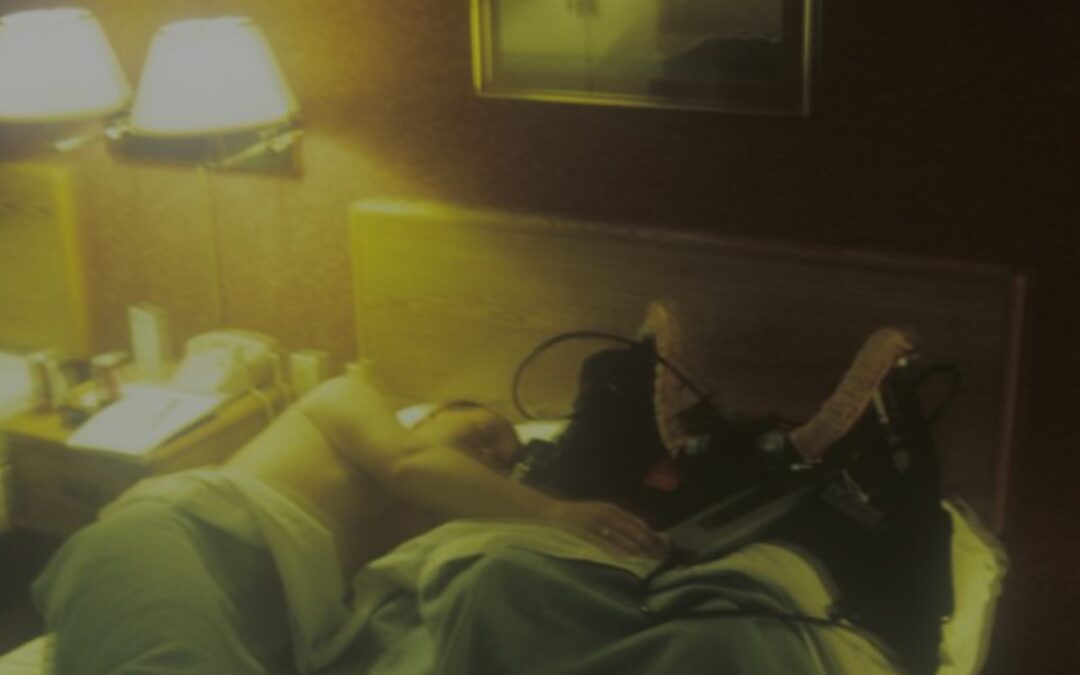
by Jan Willem Bech | Vademecum
An important lesson by Kevin Gurr 2010 LSS Fundamentalsby Kevin Gurr16-12-2010 It has become increasing apparent in recent years that there is a lot of misinformation with regard to the fundamental principles which govern safe rebreather operations. This is partly due...
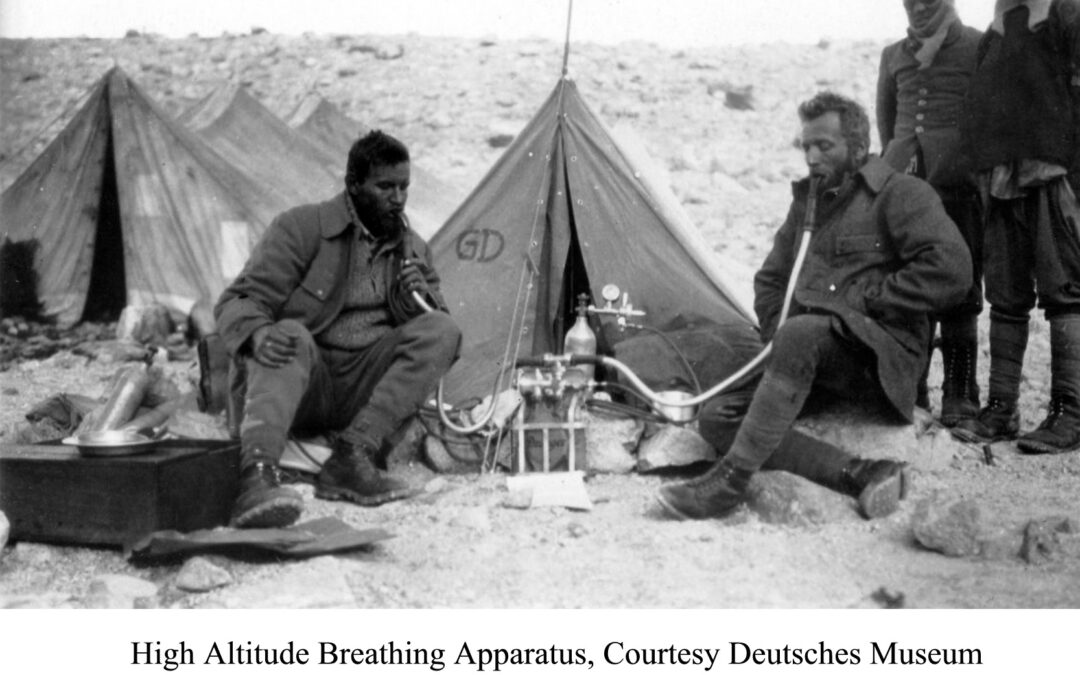
by Jan Willem Bech | Database Oxygen Rebreathers, Database OX GER
Dräger Höhenatemanlagen, high altitude devices The Deutsches Museum in Munich (Germany) is Germany’s largest and oldest museum of the history of science and technology. The museumhas a large aviation section, including items from aviation medicine and suits. The...

by Jan Willem Bech | Database Oxygen Rebreathers, Database OX GER
Dräger high altitude atmer or Flugzeug Tauch Retter In 1913 there are two different types of breathing apparatus developed bij Dräger—one for high Altitudes in balloons and the other for mounteneering. The Draeger, for blended high altitude flying, has an oxygen store...
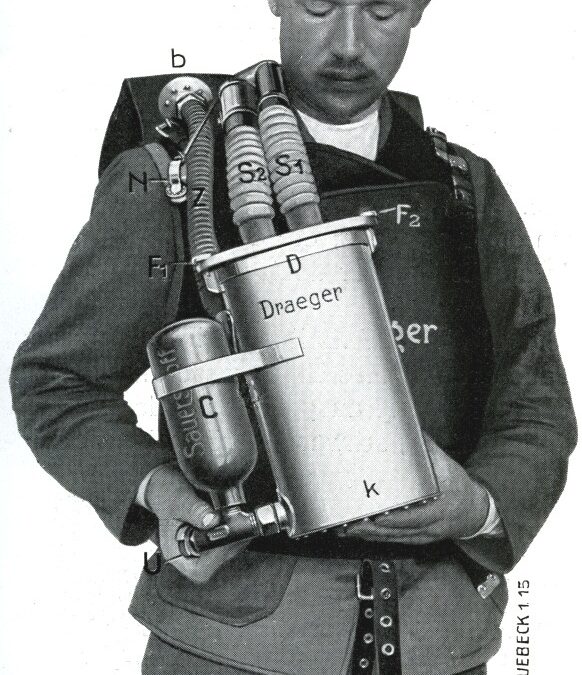
by Jan Willem Bech | Database Oxygen Rebreathers, Database OX GER
The development of the Badetauchretter 1915 In 1913, following the DM1, Draeger designed the DM2 and the D2 Tauchretters, an apparatus for rescuing drowning persons. The first model, the Dräger Baderetter from 1913, was an apparatus that showed great similarities with...

by Jan Willem Bech | Database Oxygen Rebreathers, Database OX GER
In 1930, Inhabat produced a very special diving apparatus that used the Naszogen technique. This made the apparatus very light and it weighed only 4.8 kg. It was possible to dive for 30 minutes. The oxygen supply was 2.5 litres per minute. The manufacturer...
by Jan Willem Bech | Database Atmosferic Divingsuits
Return to 1915 in timeline 1915 William Phillips Thompson Thompson’s patent shows a protective shell over the ball joints of a diving suit. The reason may be that the joints have a high precision and once damaged the surface can no longer seal on the seals. The...
by Jan Willem Bech | Database Atmosferic Divingsuits
Return to 1902 in timeline 1902 Enos B. Petrie USA Petrie’s patent focuses on the freedom of movement of the joints. To this end, he provides the joint with a ventilation channel to the inside of the suit. He does not specifically address the issue of making the...
by Jan Willem Bech | Database Atmosferic Divingsuits
Return to 1904 in timeline 1904 Jean Claude Malatray from France The diving suit covered by the invention enables the diver to descend to very great depths and to carry out the necessary movements. It consists of an all-metal armour which protects all parts of...
by Jan Willem Bech | Database Atmosferic Divingsuits
Return to 1903 in timeline Alphonse Carmagnolle (dit Karl) 1903 France The Carmagnolle brothers (Theodore and Alphonse) already in 1882 built the world famous diving suit with a large number of viewing windows similar to this patent. However, the construction differs...
by Jan Willem Bech | Database Atmosferic Divingsuits
Return to 1897 in timeline 1897 Arthur McQuillan from Australia The invention of Arthus McQuillan relates to certain improvements in the mode of constructing diving dresses so as to enable them to resist the pressure incidental to deep diving, and consist essentially...
by Jan Willem Bech | Database Atmosferic Divingsuits
Return to 1904 in timeline 1904 Enos B. Petrie and Joseph E. Martin ADS pump Petrie and Martin developed an air-powered water pump to pump water out of their atmospheric diving suits. They claim as new and desire to secure by Letters Patent1. The combination with a...
by Jan Willem Bech | Database Atmosferic Divingsuits
Return to 1904 in timeline 1904 Joseph von Miniszewski from Germany Miniszewski patented an atmospheric device in 1904 that is not actually anthropomorphic and does not belong in this list. The idea looks very much like a submarine. The patent shows that the ball...
by Jan Willem Bech | Database Atmosferic Divingsuits
Return to 1897 in timeline 1897 Deep Sea Diving Company Limited Australia The Deep Sea Diving Company Limited patented an atmospheric diving suit in 1897 where the atmospheric character was not realised. The patent describes a suit in which the movement of the joints...















